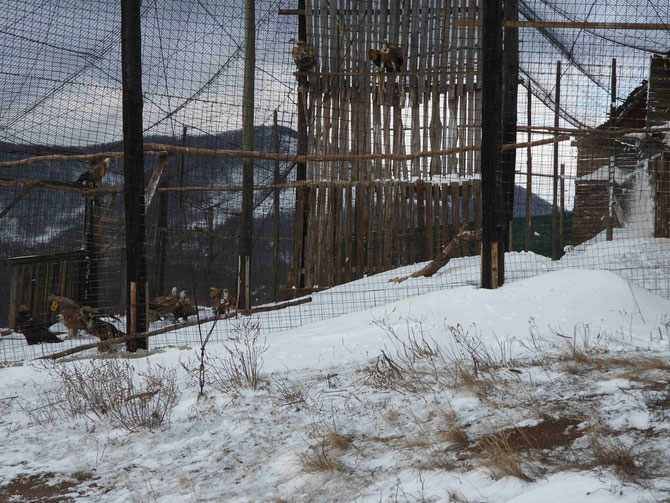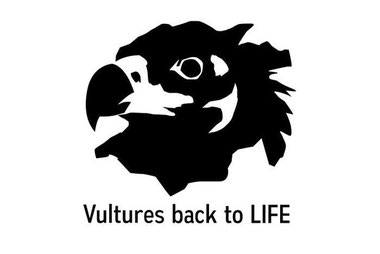
Up in the Balkan Mountains, where the Vultures Back To LIFE adaptation aviaries are, winter is in full swing. Despite the harsh condition, the project team still has work to do – sheep must be fed, and so do the vultures in the ‘Sinite Kamani’ Nature Park aviary.
Vultures and Balkan Mountains in winter
During winter, vultures high in the mountains face harsh conditions, and that means that conservationists who look after the species in the field have to be on-site frequently.
The Vultures Back To LIFE team released Griffon and Cinereous Vultures in the region and established feeding sites there to provide safe and enough food to the birds released. During winter, they especially need to provide food at feeding sites to help them survive the harsh conditions.
Vultures at the acclimatisation aviaries also need to be fed on a regular basis. Further, the team needs to feed the flocks of sheep established to promote extensive animal husbandry practices.
Here are some photos by Green Balkans that show what the daily work of the project team is like during winter
Vultures Back to LIFE

Led by the wildlife conservation charity Green Balkans, with activities also implemented by the Fund for Wild Flora and Fauna, and bringing together partners from Bulgaria, Spain and Germany, Vultures Back to LIFE aims to reintroduce the cinereous or Eurasian black vulture to Bulgaria. The team will transfer and release around 60 birds, some from captive-breeding, but mostly coming from wildlife rehabilitation centres in Extremadura (Spain) into the wild in Bulgaria as well as creating supplementary feeding stations and improving populations of wild herbivores, improving the nesting conditions and creating artificial nest sites and tackling some of the major threats to vultures in the country such as insulating electricity pylons and illegal use of poison in the nature.









